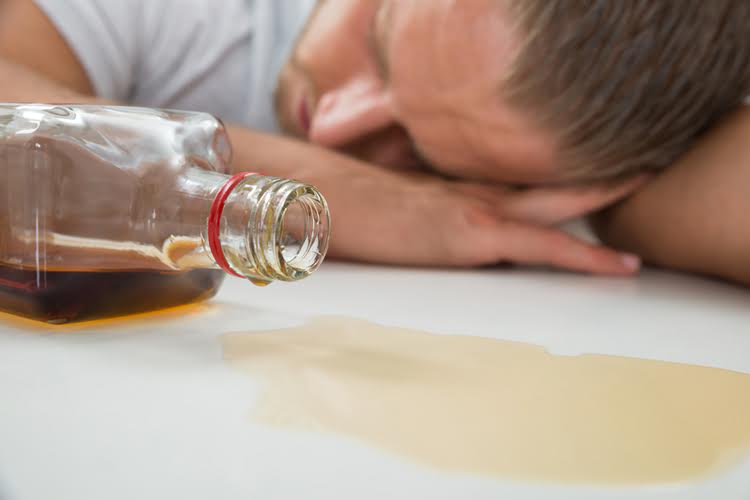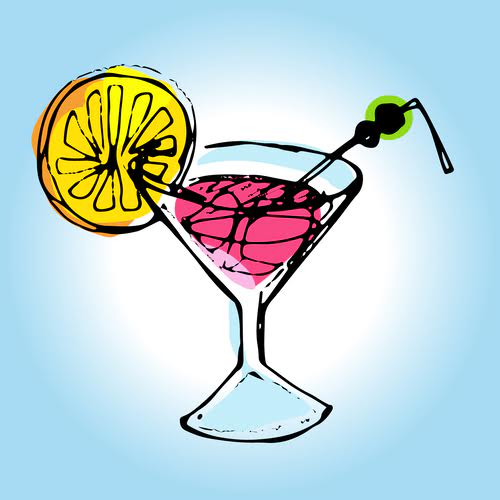Physical Address
304 North Cardinal St.
Dorchester Center, MA 02124
Physical Address
304 North Cardinal St.
Dorchester Center, MA 02124
Inhalants are fumes from gases, glue, aerosols, or solvents that can damage the brain, heart, lungs, kidneys, and liver. Using inhalants even once can lead to overdose, suffocation, seizures, and death. There have been reports of people dying the first time they use cocaine, often from sudden cardiac arrest, respiratory arrest, or seizures. Withdrawal symptoms from cocaine include restlessness, paranoia, and irritability. Using cocaine can lead to heart attacks, lung problems, strokes, seizures, and coma. Engaging in open dialogue teen drug abuse about drug use encourages children to approach them with questions or concerns, promoting better decision-making.
Approximately 41% of decedents had evidence of mental health conditions or treatment. A critical component of understanding the broader context of teenage drug abuse is to examine the nationwide trends of illicit drug use and the most commonly abused substances among teens. These figures provide a snapshot of the pervasiveness of this issue among the youth population.


Alcohol and drug use across the nation is a problem among all age groups, including teens, adolescents, and young adults. Teens, like adults, use a wide range of illegal drugs and prescription medications including tranquilizers, Xanax, Ritalin, LSD, marijuana, alcohol, Alcoholics Anonymous and other drugs recreationally. Unfortunately, many teens who engage in teenage and young adult substance use will go on to develop a substance use disorder. The following statistics and demographics from The National Center for Drug Abuse Statistics provide a snapshot of some of these dangerous and concerning trends. Even if the adults in their lives try to prevent it, some teens will develop substance use disorders.

Not surprisingly, places where students said it’s easy to get alcohol also had the highest rates of one-time and regular use. For example, drinking is highest in Western Slope counties and lower among those who live in the Denver metro area. One-time Prescription drug use is also the highest in Western Slope counties and lowest in Denver County. Those findings are based on an analysis of data from the Healthy Kids Colorado Survey, which is administered every two years. Marijuana is also frequently used, indicating its prevalence in adolescent drug use.
The Monitoring the Future investigators note that schools opt-in to participate in the survey, and some schools that had historically participated opted-out in the years following the onset of the COVID-19 pandemic. All participating students took the survey via the web – either on tablets or on a computer – with 98% of respondents taking the survey in-person in school in 2023. Therefore, students with less engagement in school – a known risk factor for drug use – may have been less likely to participate in the survey. Not all teen experimentation leads to negative outcomes – some do “mature out” of use.
Drugs and https://ozelizrehabilitasyon.com/is-a-a-for-you-a-self-assessment-alcoholics/ the developing brain lead to even more impaired judgment and more impaired risk-reward benefit. This can cause a teen to feel lifeless and unable to enjoy the things they used to enjoy. Drugs can also make teens more compulsive and cause them to continuously seek out the drug again and again. Transitioning between adolescence and the teenage years can come with feelings of self-consciousness.